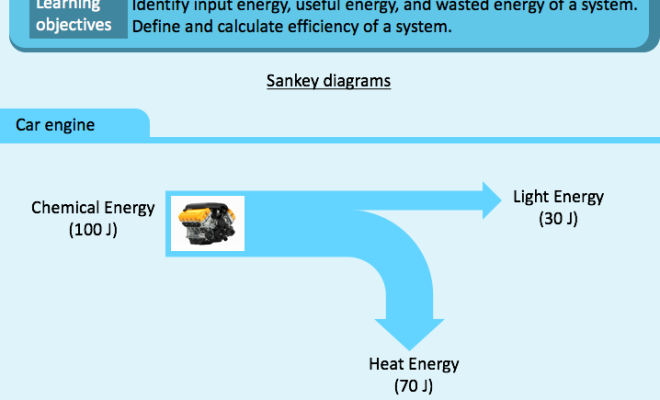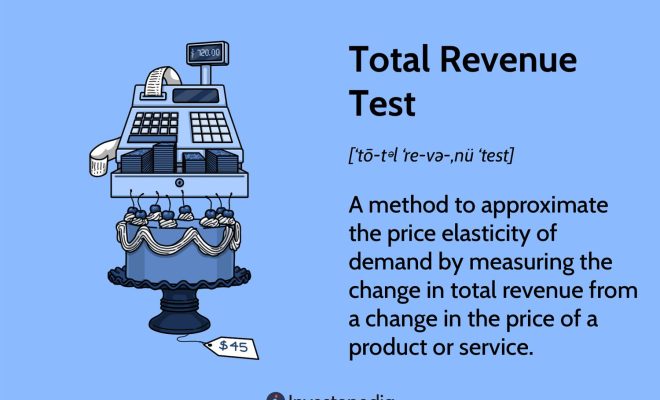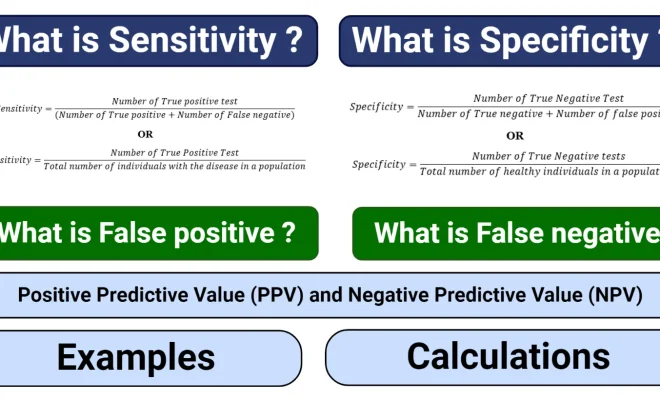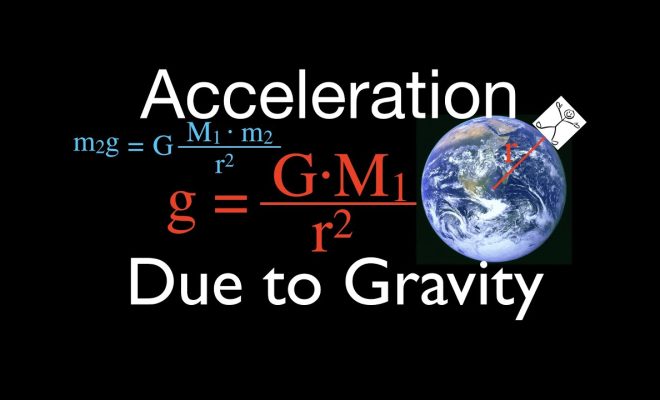How to calculate energy efficiency

Energy efficiency is a vital concept that measures the effectiveness of energy consumption and its impact on various systems. Efficient usage of energy has both environmental and economic benefits. In this article, we will discuss how to calculate energy efficiency in various contexts, including buildings, appliances, and industrial settings.
1. The Basic Formula:
The primary formula for calculating energy efficiency is straightforward. It is the ratio of useful output energy (or output work) to input energy, expressed as a percentage:
Energy Efficiency (%) = (Useful Output Energy / Input Energy) x 100
2. Energy Efficiency in Buildings:
In buildings, energy efficiency can be assessed by comparing the total annual energy consumption with the benchmark consumption of a similar building type using standard metrics such as kilowatt-hours per square meter (kWh/m2).
3. Appliance Rating Systems:
For appliances like refrigerators and air conditioners, evaluating their power consumption and how efficiently they perform can be done using rating systems. In many countries, appliances receive an energy label like Energy Star or the European Union’s A+++ scale based on the appliance’s energy efficiency index (EEI), which indicates how well it performs compared to the average product in its category.
4. Industrial Process Energy Efficiency:
Calculating industrial processes’ energy efficiency involves measuring specific energy consumption (SEC) by dividing the total energy consumed by total production output (e.g., kWh/tonne). This metric allows facility managers and engineers to compare their process’ performance against industry benchmarks and make improvements accordingly.
5. Vehicle Fuel Efficiency:
When it comes to vehicles, evaluating fuel efficiency is expressed in miles per gallon (MPG) or liters per 100 kilometers (L/100km). The higher these numbers are, the more efficient the vehicle is at consuming fuel.
Conclusion:
Calculating energy efficiency is essential for identifying areas where improvements can be made to save money and reduce environmental impact. Remember that the basic formula for energy efficiency is the ratio of useful output energy to input energy, expressed as a percentage. By understanding this significant concept, individuals and organizations can make informed decisions to enhance their overall energy consumption practices.






